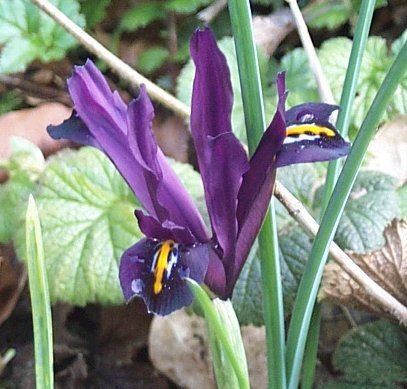Tribe Irideae Rank Species | Subfamily Iridoideae | |
 | ||
Similar | ||
Iris histrioides, is a species in the genus Iris, and in the subgenus of Hermodactyloides.It is native to Turkey, and has blue scented flowers.
Contents
Description
It has leaves that grow up to 45 cm high. The flower is about 6 – 7 cm tall. It is a bulbous perennial that blooms in early spring, normally January.
It has flowers that vary in shade from bright blue to violet.
Once the bulb has been planted, it can take many years to reach flowering size. Also it has the habit of the main bulb splitting into many bulblets, that can take many years to reach flowering size.
Taxonomy
It is sometimes known as the 'Orchis Iris'.
It was described and published by G.F.Wilson in 1892.
Distribution and habitat
It is native to Europe.
Range
It is found in Turkey.
Habitat
It commonly grows on the mountain slopes at an altitude of 1,500 metres (4,900 ft) above sea level.
Conservation
It was on the 1997 IUCN Red List of Threatened Plants.
Cultivation
It is hardy to USDA Zone: 5 - 8.
It is suitable for a rock or gravel garden or front of border.
Cultivars known
Subspecies
Toxicity
Like many other irises, most parts of the plant are poisonous (rhizome and leaves), if mistakenly ingested can cause stomach pains and vomiting. Also handling the plant may cause a skin irritation or an allergic reaction.
Uses
Iris histrioides (Foster) and Iris persica L. have been used as food ingredients in Turkey.
